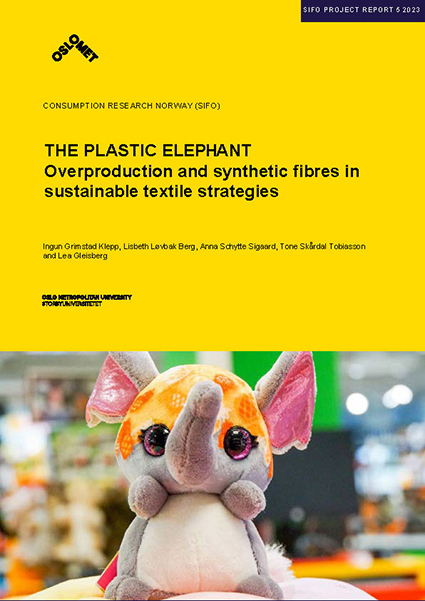The Impact of Modes of Acquisition on Clothing Lifetimes
Authors: Kirsi Laitela, Ingun Grimstad Klepp and Lisbeth Løvbak Berg
Abstract
Reducing the environmental impact of clothing is dependent on a reduction of the produced volume. This chapter discusses how mode and volumes of acquisition impact the lifetimes of clothing. Based on our scoping review and reanalysis of international wardrobe audit data, we find that the number of garments that are acquired has most impact, making clothing utilization an important concept. Secondhand garments are used fewer times than new items, and gifts less than self-chosen items. Self-made clothing was worn less than tailored garments, showing that product personalisation can both shorten and increase lifetimes. Slowing down the rate of acquisition and increasing the lifetime with the first
user should be the focus of policy development.
In K. Niinimäki (Ed.), Recycling and Lifetime Management in the Textile and Fashion Sector
Contact publisher to access the whole article, or email kirsil@oslomet.no.

